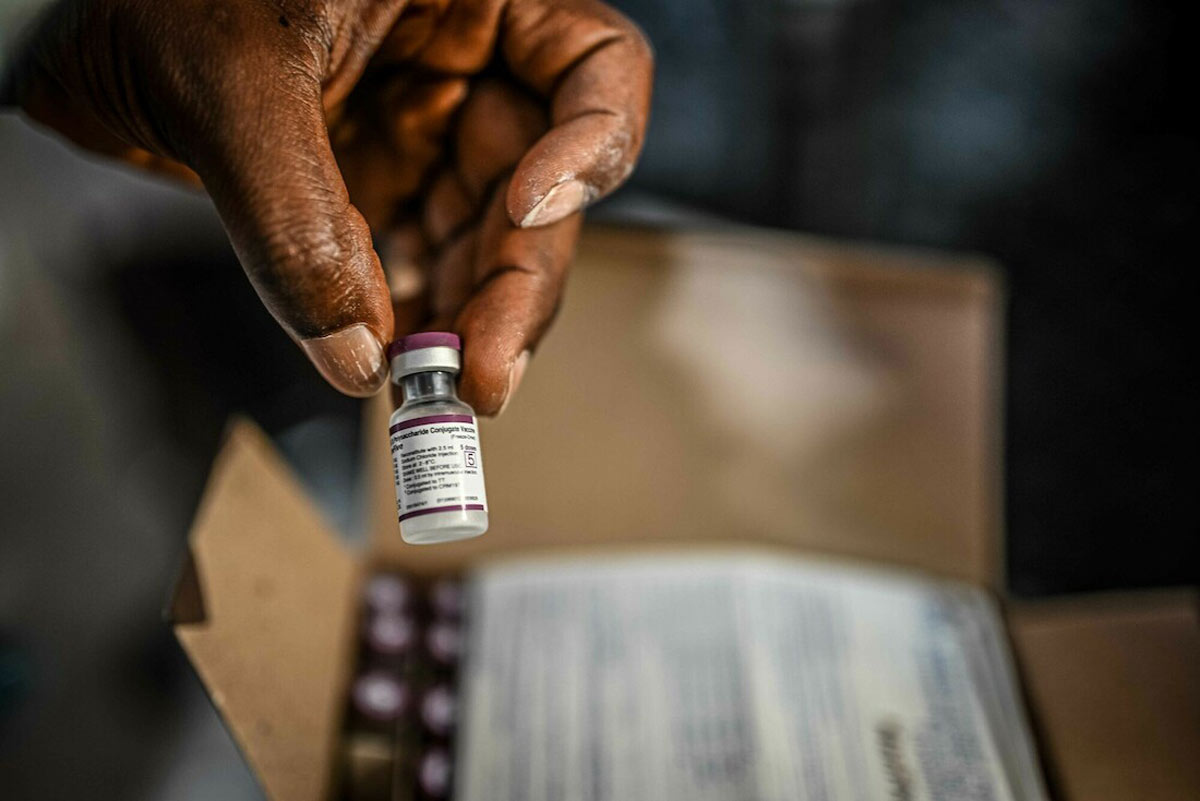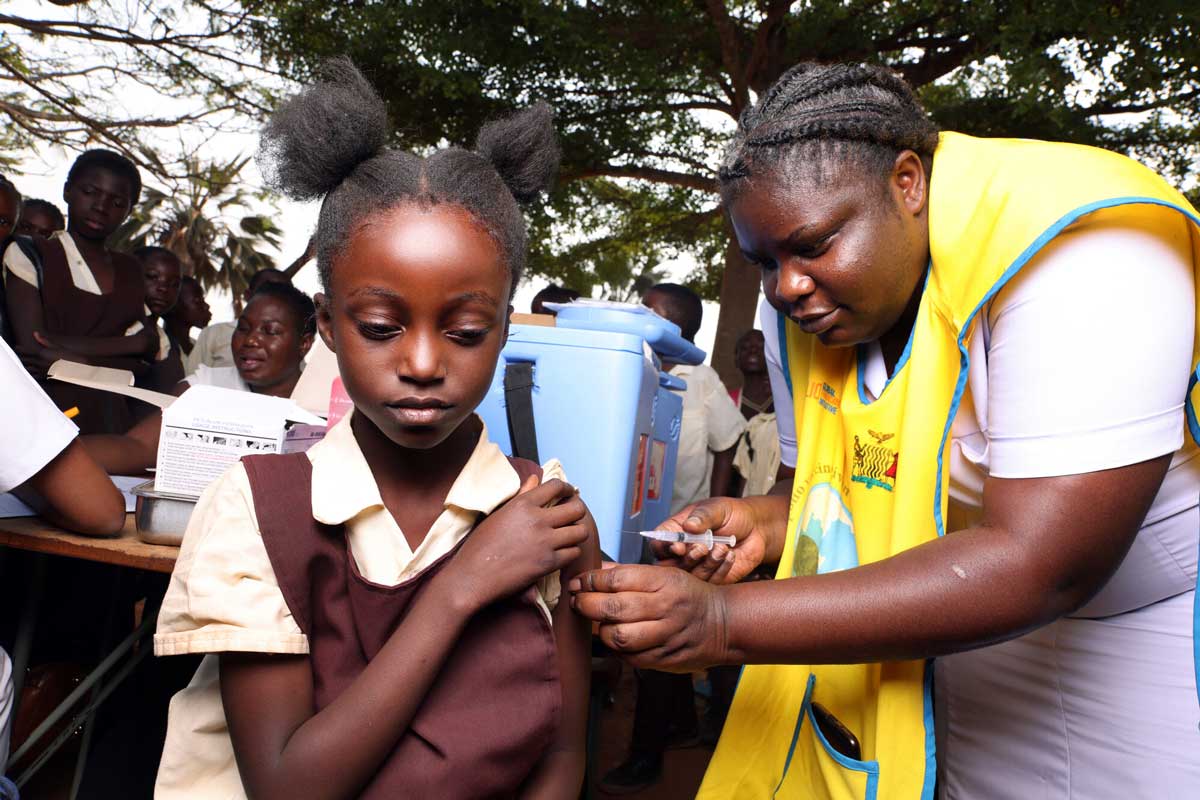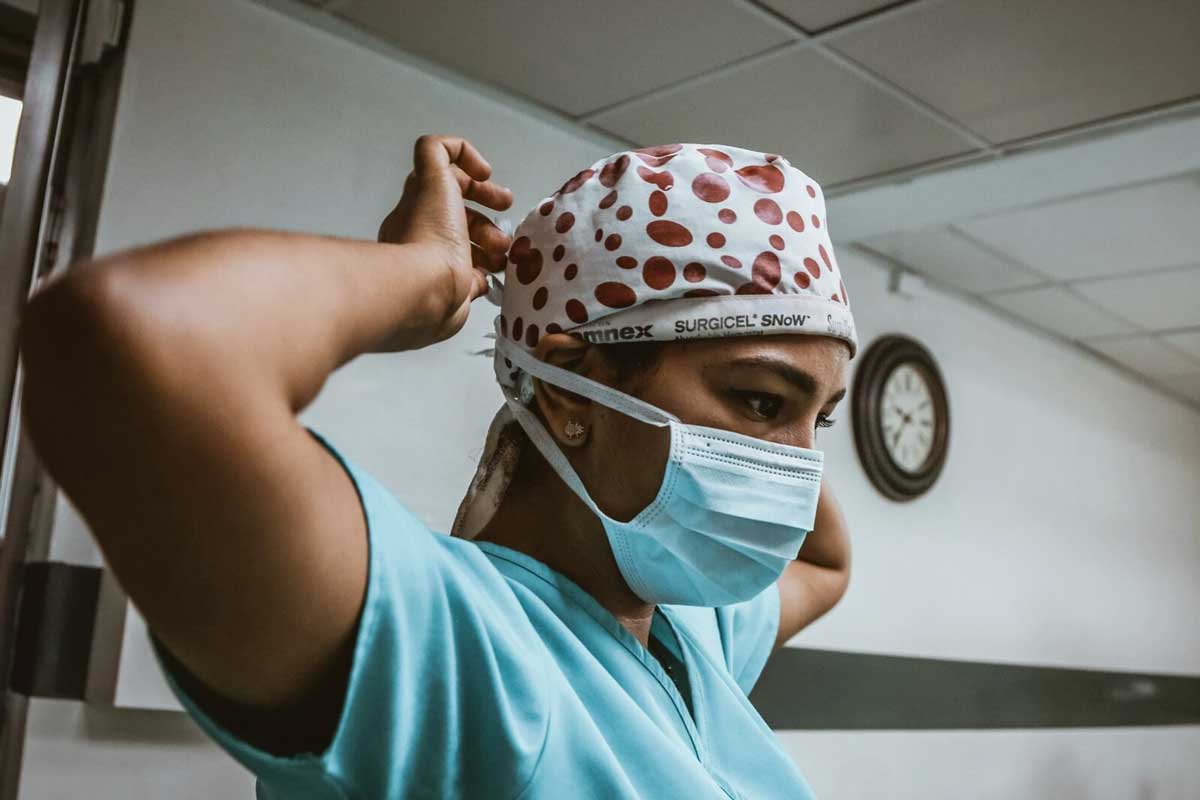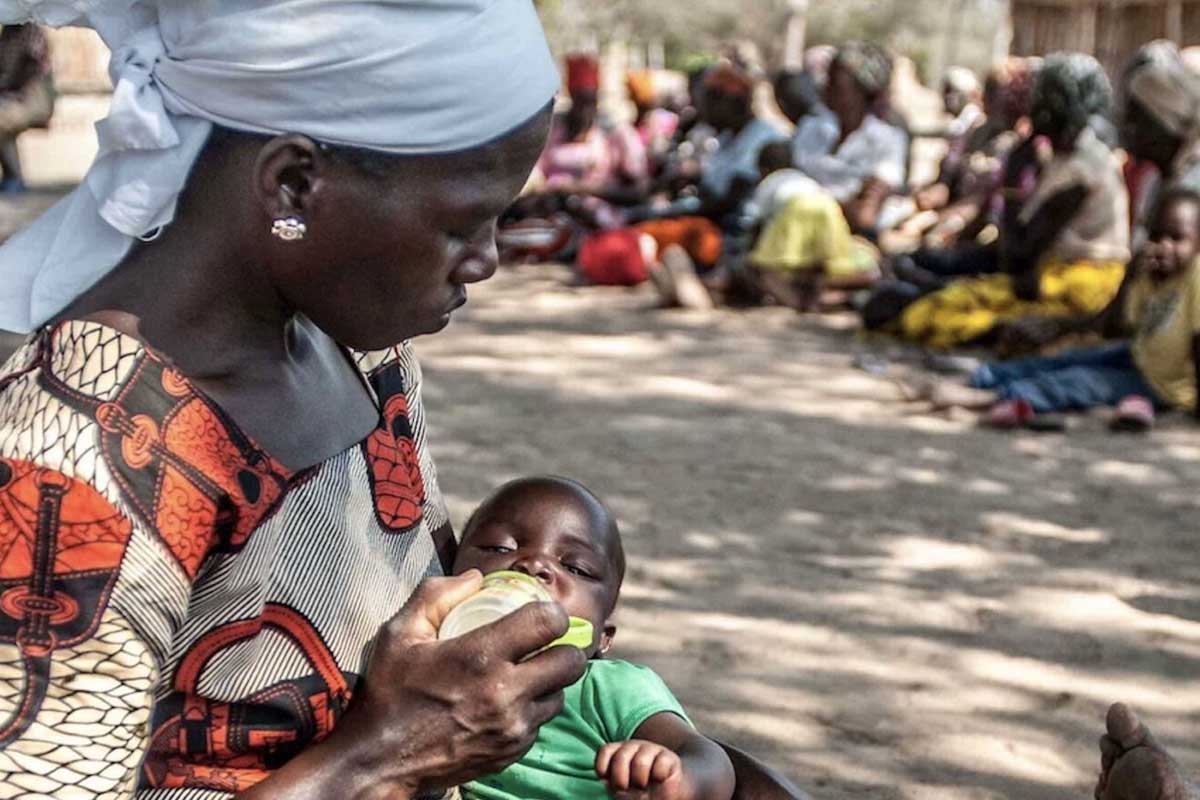Seven ways in which COVID-19 could change the way we fight infectious diseases
The pandemic turned our normal ways of working upside down, but there are several ways in which the new normal could bring improvements in the way we fight disease.
- 17 June 2021
- 4 min read
- by Priya Joi

1. New vaccine technology could be applied to other diseases
The mRNA COVID-19 vaccines – such as the Pfizer and Moderna ones – were the culmination of years of work in developing mRNA technology. Essentially, they work as plug-and-play vaccines: the mRNA that codes for the pathogenic protein can be swapped out for another, depending on the disease.
This means they could be used for next-gen flu vaccines, especially since influenza viruses evolve constantly. Using vaccines that could be updated easily would be a huge advantage, helping us to stay ahead of the strains that are circulating.
The pandemic has made clear that health systems need to be not just robust but resilient in terms of responding to and recovering from a crisis.
There is also research underway to test whether mRNA vaccines could be used against cancer, although this is more complicated than protecting against a disease caused by a virus or bacterium.
2. Bringing healthcare to the people
Pre-pandemic, the promise of telemedicine and e-health had been discussed for years without much investment or commitment to making it a reality on a wide scale. As health systems became overwhelmed with COVID-19 cases, and as mobility restrictions made it challenging for many people to travel to health centres, virtual consultations became the norm.
Improvements in digital connectivity such as cheaper and better systems of teleconferencing could make remote learning a reality for health workers in low- and middle-income countries, especially in remote areas.
3. More community-based healthcare
Community health workers have been a mainstay in many low- and middle-income countries, working quietly as a bridge between the health system and communities to build trust, act as advocates and educators, as well as provide outreach.
Have you read?
During the pandemic, community workers have been especially valuable in communities that have been the hardest hit but most skeptical about vaccines, such as African American and Hispanic communities in the United States. Now that their role has been shown to be indispensable, countries where healthcare has become more individualised and less community-based could return to a community-led form of healthcare.
4. Better surveillance networks for emergencies
Much of COVID-19 surveillance relied on the existing global influenza surveillance network that surged at the start of the pandemic to respond to the crisis. This shows clearly the advantage in having a robust surveillance system set up that can be adapted to different infectious diseases, especially across Asia, Africa and Latin America, where setting up new systems in a time of crisis can be challenging.
5. Boosting national capacity to make vaccines and drugs
Supply bottlenecks in getting vaccines to countries across Africa have shown how countries need to re-examine their supply chains and develop the capacity to produce vaccines, drugs and medical supplies locally.
In April this year, the African Union launched the Partnership for African Vaccine Manufacturing to boost manufacturing capacity across the continent, which would include strengthening regulatory systems, raising the profile of African universities as R&D hubs and increasing technology transfer. A month later, the EU announced it will invest €1 billion in building vaccine production hubs in Africa to support this move.
6. Developing more resilient health systems
The pandemic has made clear that health systems need to be not just robust but resilient in responding to and recovering from a crisis.
This means being agile enough to adapt to a new way of operating through virtual medical consultations, deploying community health workers, or re-assigning health workers to focus on the crisis. Many countries in Africa and Asia responded well on these measures, including in providing mental health support to their health workers.
7. Closer public-private collaboration
The all-hands-on-deck approach needed for a pandemic like COVID-19 meant that the public and private sectors had to join forces in ways never seen before.
Private hospitals made beds and resources available to public facilities and the private sector was mobilised to support the rollout of COVID-19 vaccines worldwide right from manufacture and procurement to storage and distribution. In Ghana, for example, Zipline and UPS are using drones to deliver vaccines to health facilities. This utilisation of private sector expertise and resources to tackle disease is something we could well see more of.









